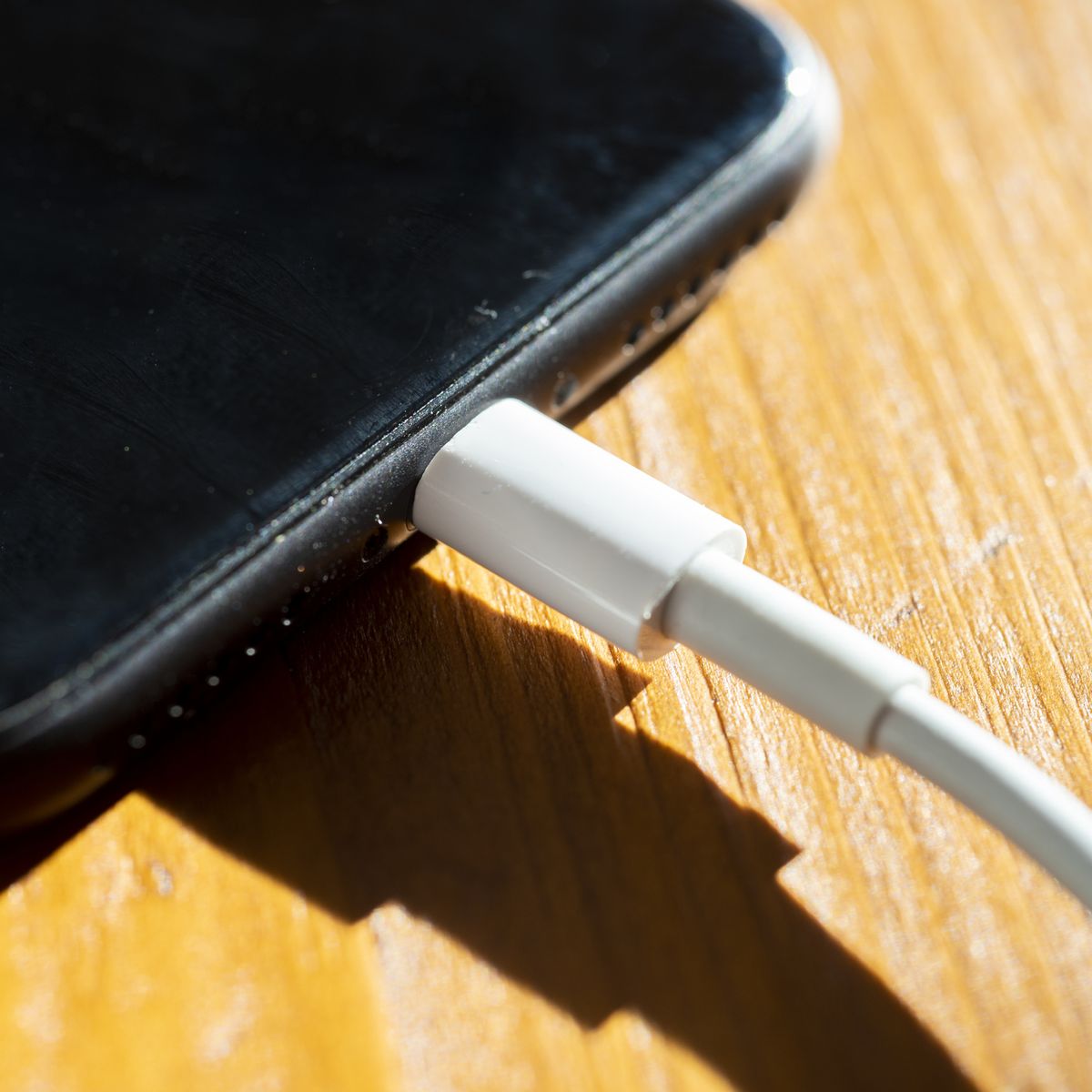
A profound sense of astonishment gripped onlookers as an extraordinary sight emerged from the depths of the sea along the Romanian coast. The tranquil waters revealed a wounded dolphin, its plight capturing the attention of unsuspecting tourists.
Efforts were made to rescue the distressed marine mammal, but regrettably, its fate was sealed. Experts identified the creature as a member of the Delphinus Delphis species, a species known to inhabit the Black Sea.
Upon closer examination, the dolphin displayed multiple wounds on its body, likely inflicted by the ensnaring nets of fishermen. The Black Sea is home to three distinct species of marine mammals: the Common dolphin (Delphinus delphis ponticus), the Bottlenose dolphin (Tursiops truncatus ponticus), and the Harbor porpoise (Phocoena phocoena relicta).
Diverging in morpho-anatomical features and primary food sources, these species exhibit unique characteristics. The Bottlenose dolphin and Harbor porpoise primarily feed on fish and benthic organisms, while the Common dolphin’s diet encompasses fish and other organisms found within the water column.
Each species displays a preference for specific habitats, with the first two favoring coastal areas and the Common dolphin being commonly encountered in offshore zones. The Common dolphin is characterized by a bluish-gray to brown color on its dorsal side, featuring a distinct V-shaped lateral boundary that is remarkably light. A pigmented band, varying in darkness, connects the lower jaw to the insertion of the pectoral fins. The dorsal, pectoral, and caudal fins range from black to gray-brown.
Newborns measure around 0.80-0.95 m, with adults in the Black Sea not exceeding 2 m (males – 177 cm, females – 159 cm). Highly sensitive to chemical and acoustic pollution, they exhibit social behaviors, forming groups of 10-15 individuals, as well as pairs or isolated individuals. With rapid swimming capabilities, reaching speeds of approximately 50 km/h, they engage in short-duration dives and frequent surface breathing at intervals of 1/3 seconds. Their habitat extends to depths of up to 70 meters.
Sexual maturity is reached at the age of 2 years, and the gestation period is 10 months, with weaning occurring at 4 months. Displaying highly developed maternal instincts, their lifespan is estimated to be 25-30 years. Their primary diet comprises small pelagic fish such as sprat, anchovy, and gobies, along with crustaceans.
Additionally, their stomachs often contain other species like horse mackerel, cod, bluefish, red mullet, sea bass, shrimp, and mollusks. The daily food intake for these remarkable creatures is approximately 10 kg.
Never use a mobile phone that is charging. This Is Why!

We all adore our smartphones because they greatly simplify our lives. But there are certain crucial safety guidelines you need to remember. Never use your phone while it is charging is an important piece of advice. It can also be extremely dangerous to cover your gadget with your body, clothes, or mattress while it’s charging.
This is due of the potential for your phone to catch fire.

For instance, a young Indian boy’s phone burst, causing severe injuries to his hand in an unfortunate occurrence. The explosion is thought to have been brought on by elevated radiation as a result of a low battery.
A common misconception is that when a phone’s battery is low, it releases more radiation. However, the weak signal—rather than the low battery—is the true problem.
This implies that your phone works harder and emits more radiation when the signal is weak. As a result, it’s advisable to stay away from using your smartphone in locations with low service, such as elevators and isolated regions.
The small child in this instance was utilizing an unlicensed, unofficial Chinese charger.
When using these fake charges, you run the risk of explosions and even harm.
Because of these concerns, even well-known firms like Samsung recommend against using unlicensed phone chargers.
Thus keep in mind that low batteries do not cause phone explosions. When charging your phone, stay safe by using only chargers that have been approved by the authorities and stay away from locations with spotty reception.



Leave a Reply